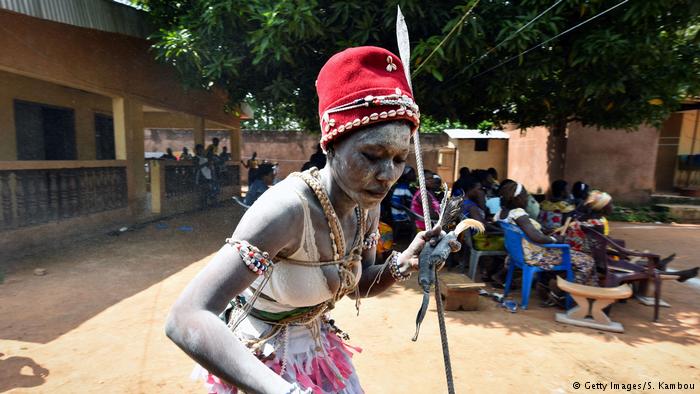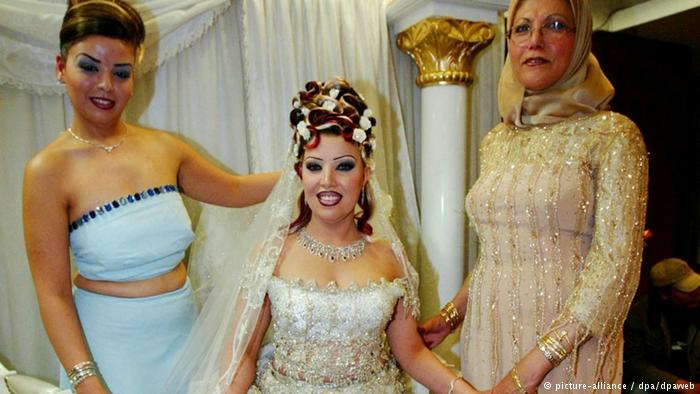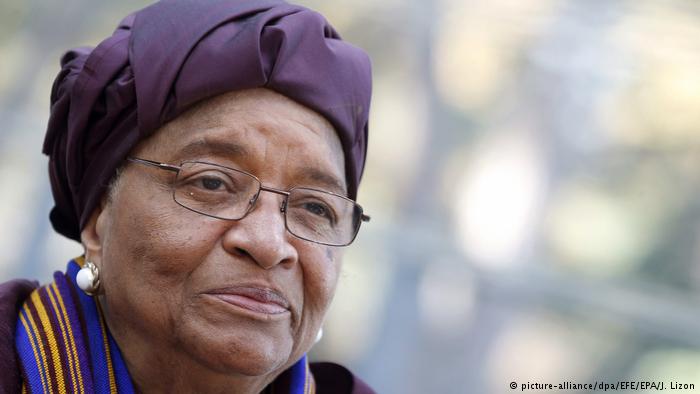Tattoos in the Horn
Unique facial and body markings are used across the Horn of Africa to enhance female beauty, although some are more controversial than others.
–
Body beautiful

In northern Ethiopia, delicate neck and facial tattoos called nikisat stand out against the traditional white clothing and elaborate hair designs of Ethiopian women. Here, Hannah sits in the grounds of Saint George’s Church in the city of Bahir Dar. There is a religious aspect to some nikisat, with lines of tiny crosses along jaws or traditional Ethiopian shaped crosses on foreheads.
–
Controversial custom

Nikisat use is far more prevalent in rural areas. Nowadays in cities it’s increasingly frowned upon, associated with backward, old-fashioned ways. It’s also judged a health risk, through its application, and unfair on women, who usually are tattooed when young girls of about 8 years old with no say in the matter.
–
Variations of a theme

Some nikisat is understated, as with this woman selling khat at a market in Dire Dawa. She only has a black dot on each cheek and two small vertical dashes on her forehead. Nikisat is also used on forearms, lower legs, and to darken the gums of the mouth. Another form of Ethiopian body marking is insosilla, a plant dye used to stain hands and feet, common in the northern Tigray region.
–
Muslim body art

Similar to insosilla, henna—intricate florid-looking tattoos made from non-permanent plant extract—is also used in Ethiopia to enhance beauty. It’s most common in Muslim areas, hence henna is also widely found in Ethiopia’s neighboring Muslim countries of Somaliland and Djibouti. Here, a young lady applies henna to an older lady in a market in Somaliland’s coastal city of Berbera.
–
More than just getting your nails done

At another market henna stall a young women rests her arms on her legs, letting the recently applied henna dry. In addition to the Horn of Africa, henna has been used for centuries in parts of North Africa, the Arabian Peninsula, the Near East and South Asia. Henna is also used to decorate feet and to dye finger and toe nails, fingertips, palms of hands and soles of feet.
–
Elegant touch

In Somaliland’s capital, Hargeisa, henna was much in evidence at a fashionable dinner to celebrate this year’s 25th anniversary of the country’s proclaimed independence, along with much jewelry and colorful traditional dirac dresses. Somali woman have a reputation for elegance and paying attention to fashionable details.
–
Arabesque Ramadan

During Ramadan, many women get henna tattoos as a way of celebrating Islam’s most holy month. Here Amira, a worker at the Oriental Hotel, Hargeisa’s oldest, displays her recently applied henna, which took about 20 minutes to have done and cost about 4 euros (US$4.45). Today in many countries of different faiths, people use henna when celebrating weddings and religious festivals.
–
Contrasting fashions

In Hargeisa, 16-year-old Najma’s vibrant henna stands out from her simple black abaya. Somaliland is a religiously conservative country, with women expected to also cover hair and arms. But away from public streets women can dress with more flexibility. “The West needs to stop obsessing about dress,” says one lady in Hargeisa. “More important is what’s inside your head, not what’s over it.”
–
Sharp lines in the sun

In Djibouti, north of Somaliland, henna is just as prevalent—the two countries’ populations are both ethnically Somali and share cultural traditions. Here a teenage girl sits with her friends on the beach in Djibouti City, seeking respite in the breeze coming off the sea from afternoon temperatures that can soar up to 40 degrees celsius.
Author: James Jeffrey







